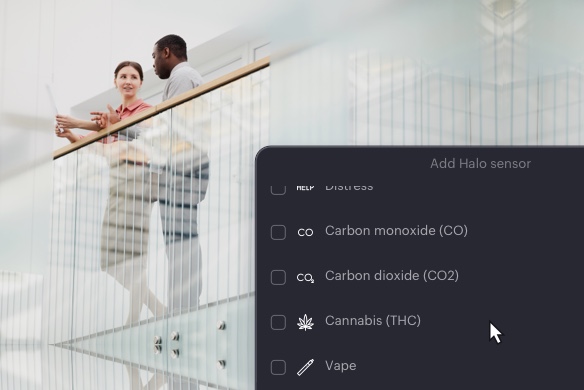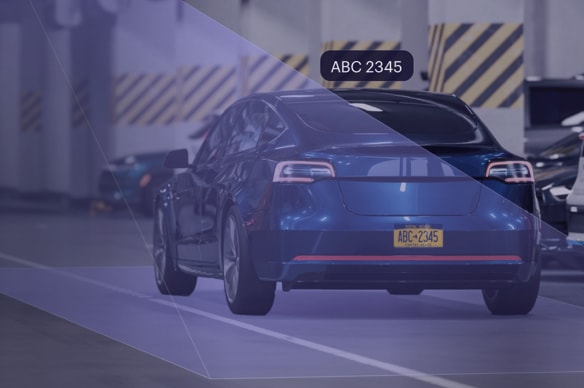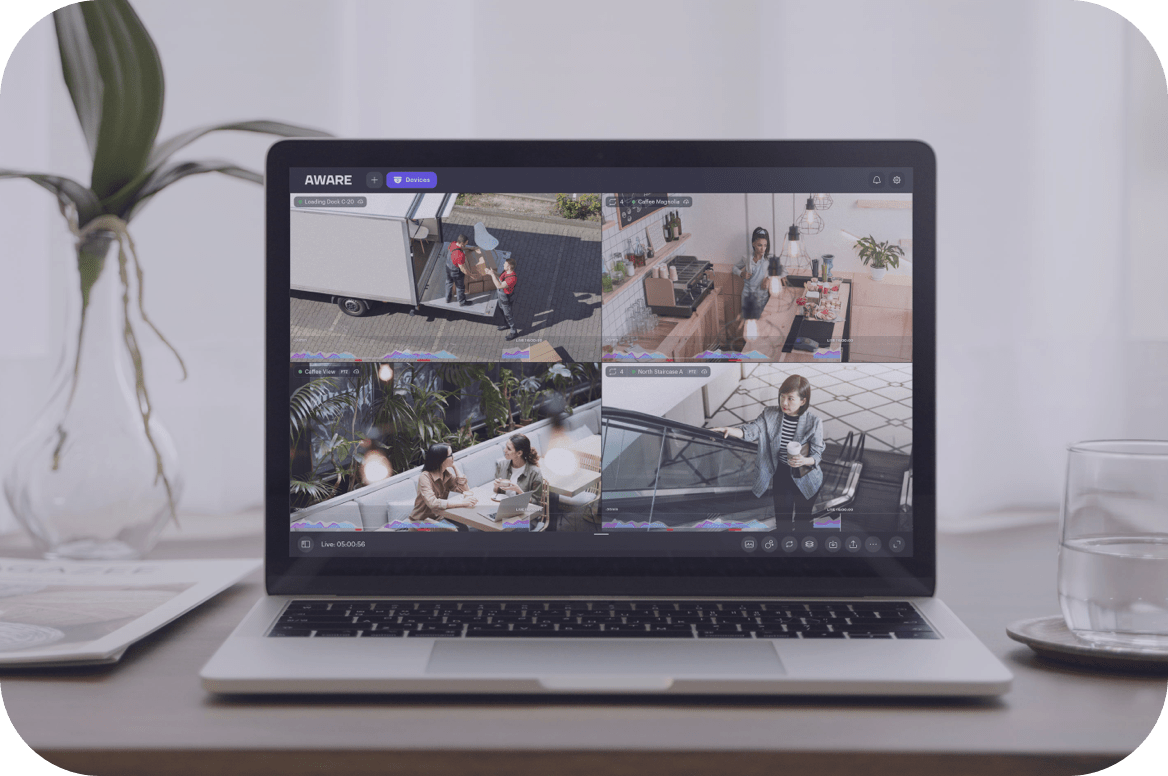Before you deploy a new cloud video surveillance solution, there are several factors to take into consideration. Here are the main aspects to think about when selecting a cloud video surveillance:
How stable is your current internet connection?
As cloud video surveillance is hosted online, you need to ensure your network is reliable and fast enough. The network speed requirement will vary depending on how many cameras you will have connected and their location.
A basic internet connection is enough for a couple of cameras, but the more cameras you have on your system, the better your network needs to be.
Ensure you have enough bandwidth to cater to all your cameras, so you don't lose footage or cause internet speeds to slow down for your employees.
Data storage rules and retention timelines
Another aspect to consider is your current video footage requirements, namely, how long do you need to keep the footage for.
Many providers will set a default timescale of 14 or 30 days and will charge you a premium for storing the footage after this time.
So, if your storage guidelines exceed these, you may have to pay extra. Alternatively, consider whether you really need to store it for that long and whether you can amend your current rules.
You also need to be mindful of your local footage retention laws. Different states, countries, and industries have strict requirements; lack of compliance leads to hefty fines.
Storage space requirements
This is heavily linked to the previous consideration but just as important. Think about how much storage space you may need. If you aren't sure, consider your current video surveillance setup and how much space is currently occupied on your hard drive, storage device, etc.
With cloud video surveillance, you will often be given a choice of storage capacities, so having an idea of what you need at the start will ensure you get a more accurate quote and don't end up running out of space later on.
The storage space requirements will all depend on how many cameras you have, how long they are running for each day, what resolution you need them running at, and how long you need to keep the footage for.
Integration with other systems
It isn't always just the camera setup you need to consider when it comes to video surveillance systems. Many companies have door entry systems and building automation integrations as well.
Think about your current physical security deployment to know what potential integrations you will need. Planning this in advance will make it easier to transition to cloud video surveillance, as you will be able to discuss what needs to be integrated before it is set up.
Budget
This is an essential factor to take into consideration. What budget do you have for this new cloud video surveillance solution?
You may find that start-up costs are lower, but there is likely to be a monthly subscription cost as you are storing data on the cloud. Having an idea of your budget before you start discussions will make it easier to find out what solution is more suitable for your company.





